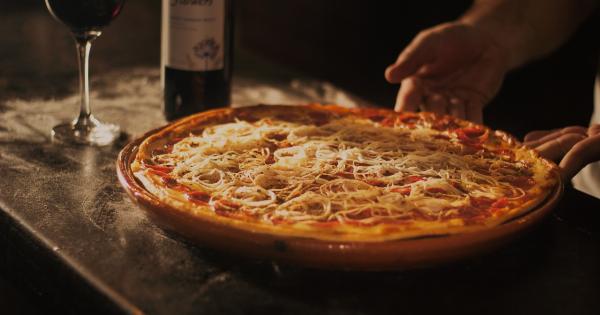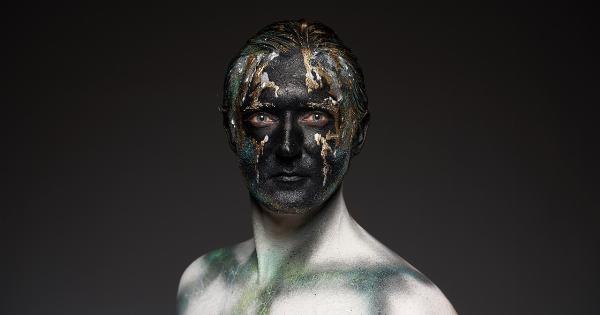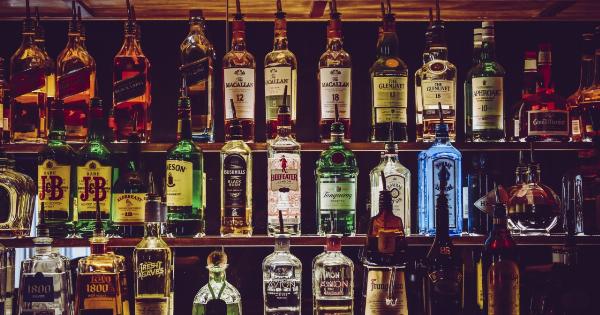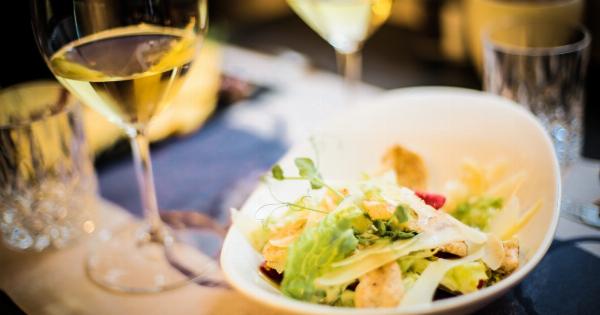Wine is one of the most beloved and often-discussed alcoholic beverages in the world. Whether you’re a casual wine drinker or a true wine aficionado, there’s always something new to learn about this complex and endlessly fascinating drink.
If you’ve got some questions about wine, you’re definitely not alone. Here are just ten common wine questions and their answers.
1. What Is the Difference Between Red Wine and White Wine?
Red wine is made from red or black grapes that are fermented with their skins on, while white wine is made from white grapes or red grapes that have been pressed and separated from their skins before fermentation.
Red wine generally has a more intense flavor and a higher alcohol content than white wine, but there are many exceptions and variations among different types of wine.
2. What Is the Best Temperature to Serve Wine?
The ideal serving temperature for wine varies depending on the type of wine. Generally, red wines should be served at room temperature or slightly cooler, while white wines should be served chilled.
However, within those general guidelines, specific wines may have their own preferred serving temperatures. For example, a light-bodied red wine like Pinot Noir might be best slightly cooler than room temperature, around 55°F.
3. How Long Does an Open Bottle of Wine Last?
An open bottle of wine will last roughly 3-5 days in the refrigerator.
Some wines can last longer if they are particularly high in tannins or acidity, such as Chianti or Rioja, while others may only last a day or two, especially if they are more delicate or low in alcohol. Investing in a good wine vacuum, stopper or preservation system can extend this even further for more expensive bottles.
4. What Is Tannin in Wine?
Tannins are natural compounds found in grape skins, grape seeds, and some types of oak barrels used for aging wine. Tannins serve as a natural preservative for wine, but they also contribute to the wine’s flavor and texture.
Wines with high tannin content tend to be bold and full-bodied, while low-tannin wines are usually lighter and more delicate.
5. How Are Sparkling Wines Made?
Sparkling wine is made in the same way as still wine, but with an additional step called secondary fermentation. After the wine is bottled, a small amount of yeast and sugar is added to the wine, which produces carbon dioxide as it ferments.
The carbon dioxide is trapped in the bottle, creating bubbles. Different methods such as the traditional method, or Charmat method are used to produce this style of wine.
6. What Makes a Wine Sweet?
The sweetness of wine comes from residual sugar, which is natural sugar left over from the grape juice that isn’t fermented into alcohol. Therefore, the more residual sugar, the sweeter the wine.
Some wines such as Riesling or Moscato are often known to be sweeter. Other factors like alcohol level, acidity, and tannin can also impact how a wine’s sweetness is perceived and balanced.
7. How Can I Tell If a Wine Is Corked?
Corked wine has an unpleasant and musty smell caused by the presence of a chemical compound called TCA (2,4,6-trichloroanisole). This can often be recognized by detecting notes of wet cardboard or moldy newspaper.
Corked wine may also have a reduced flavor and muted taste. Despite the name, cork taint can happen from other sources beyond the cork.
8. What Does It Mean When a Wine Is “Full-Bodied”?
A full-bodied wine is typically one that is high in tannins, alcohol, and flavor intensity. They are often described as rich, complex, and full in the mouth. Examples of full-bodied wines include Cabernet Sauvignon, Syrah, and Malbec.
Strategies such as oak-aging or post-fermentative maceration can also enhance wines’ body. White wines can also be full-bodied, such as Chardonnay.
9. Why Do Wine Glasses Have Different Shapes?
The shape of a wine glass can have a noticeable impact on the taste and aroma of the wine. A glass with a larger bowl and more surface area allows for more air and agitation, which can help release the wine’s aromas and flavors.
A narrower opening can help keep aromas from escaping. A tapered rim can direct the wine flow to the right part of your tongue. The exact shape of the glass will often depend on the wine variety in question.
10. What Is the Best Way to Store Wine?
Wine should generally be stored in a cool, dark place with consistent temperature and humidity levels. Ideally, wine should be stored on its side, to keep the cork moist and protect it from drying out.
Avoid fluctuations in temperature, light, and excessive vibration. However, specific variations within these conditions can be optimal for different wines, depending on the grape variety and the method of production and aging.
For long-term storage, a wine cellar or professional climate-controlled wine storage unit can be a good choice.































